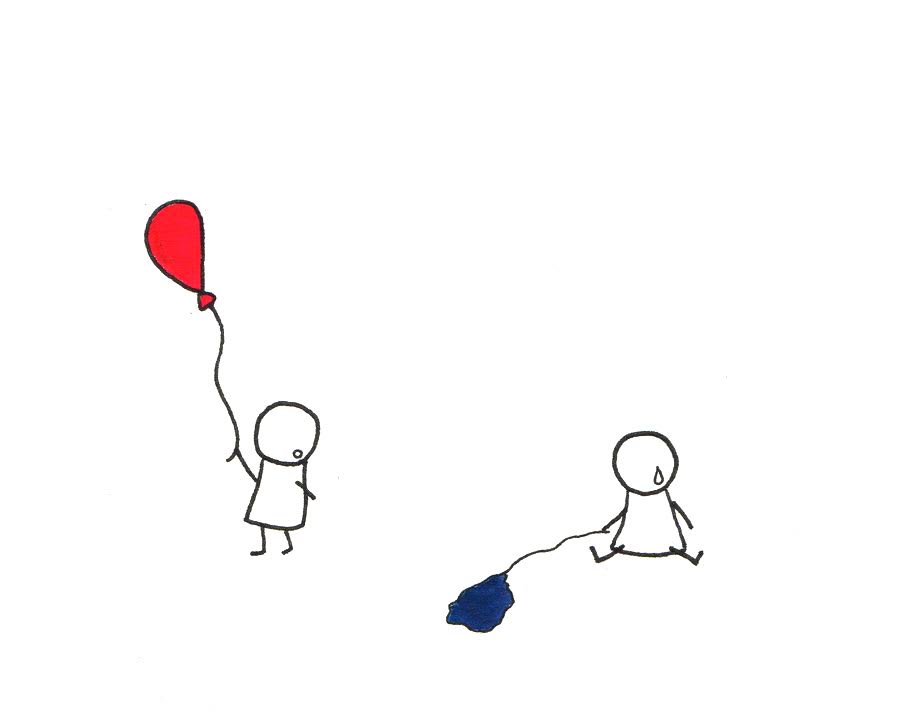The new global superpower? Seaweed.
Solutions to some of our most pressing problems have been waving at us from under the sea, all along.
Solutions to some of our most pressing problems have been waving at us from under the sea, all along.

Richard Robinson is an award-winning photojournalist. With a 25-year career in magazines and newspapers, he has captured some of the most memorable images of this country’s biggest news and sporting events. Using his talents to highlight the plights of our Ocean’s he gives voice to our endangered species and is known for his unique and haunting images of life below the waterline.
Kingfish are big, and they’re tough, and they fight like hell to stay in the sea. Unfortunately, that just makes us want them more.
What compelled a South Auckland dairy farmer to amass New Zealand’s most significant collection of seashells?
Eighty years ago, during World War II, hundreds of Polish children found safe harbour in Pahiatua. In October, the surviving children, now in their 80s and 90s, gathered to honour their lives here—and piece together those they left behind.
A handful of environmentalists on Niue are waging an urgent battle against invasive species. Will reinforcements arrive in time?
Crayfish are the great creators and cleanup crew of their freshwater homes. They burrow into banks, unstick gummy sediment, and deal with anything that ends up dead in the water. Plus, they’re delicious. Hundreds of years ago Māori spread these tasty all-rounders from place to place. Can doing the same now help save the species?
For once, fairy terns are having a good year. Photographer Richard Robinson revisits the birds he previously feared were doomed.
This month, two dozen yachts depart the Bay of Islands to begin one of the largest-scale ocean surveys in the world. They’ll bring home hundreds of samples collected over thousands of square kilometres of ocean—data that will give an unprecedented insight into life in the sea and, perhaps, our own.
What would the beach be without red-billed gulls? We may be about to find out. Two huge colonies have already gone under and the next biggest, in Kaikōura, is failing fast.
There are places in our seas where the great, whirring cogs of the world hold still. Where the process of decay pauses—for your lifetime, for your children’s, longer—and carbon sleeps, tucked safely away in the sludge. In New Zealand these places are the fiords, the ocean deeps, and the spongy, muddy fringes of our coastlines. And we’re only just beginning to understand them.
This spring, penguins in the Hauraki Gulf abandoned their eggs and chicks en masse. What happened?
People and livestock gobble so much fish that the seas soon won’t keep up. Is the answer to grow fish on land? After decades of research, scientists are cracking the secrets to commercially tank-rearing a handful of New Zealand’s iconic ocean creatures—pāua, whitebait, kingfish and hāpuku.
A new study reveals that New Zealand’s huge ocean territory contains two billion tons of carbon, locked in the seafloor. If we want to fight climate change, it might be a good idea to keep it there.
The market—and human appetite—are often to blame for ecosystem destruction. But in the case of kina barrens, they might be part of the solution.
A team of New Zealanders and Tongans have just carpeted a remote volcanic island in Tonga with poisoned bait, hoping to eradicate rats—and with that one action, restore a vibrant, interconnected ecosystem of seabirds, forest animals, coral reefs and marine life.
Once upon a time, raucous, stinking colonies of seabirds blanketed huge areas of Aotearoa’s mainland, each burrow and poo and eggshell helping fuel the forests. Those birds are gone now—but a new modelling tool gives a fascinating glimpse of what once was.
Hector’s and Māui dolphins are dying in nets—but their biggest foe might be a virus carried by cats. Can transformative tech cut through the tangle and save the creatures at the heart of it?
New Zealand once led the world in marine protection. Now our underwater ecosystems are bottoming out. Why is stopping fishing so politically fraught? How might our ideas about marine protection need to change? And why, when our seas are in such desperate need, is it taking us so long to learn to talk to each other?
Two people have been counting albatrosses on remote islands in the subantarctic for more than three decades. Their research shows that at least one species is en route to extinction. A few changes to the way we fish could save it.
It’s a teenager’s life for young sea lions in the Auckland Islands: not yet battling over mates, they’re free to wrestle, snooze—and accost photographers.
3
$1 trial for two weeks, thereafter $8.50 every two months, cancel any time
Already a subscriber? Sign in
Signed in as . Sign out

Ask your librarian to subscribe to this service next year. Alternatively, use a home network and buy a digital subscription—just $1/week...
Subscribe to our free newsletter for news and prizes